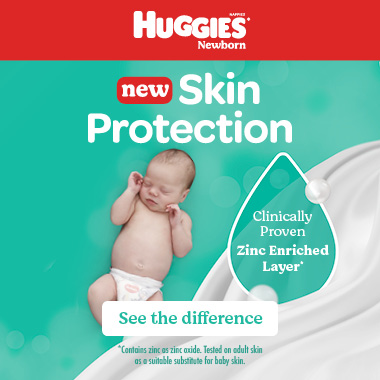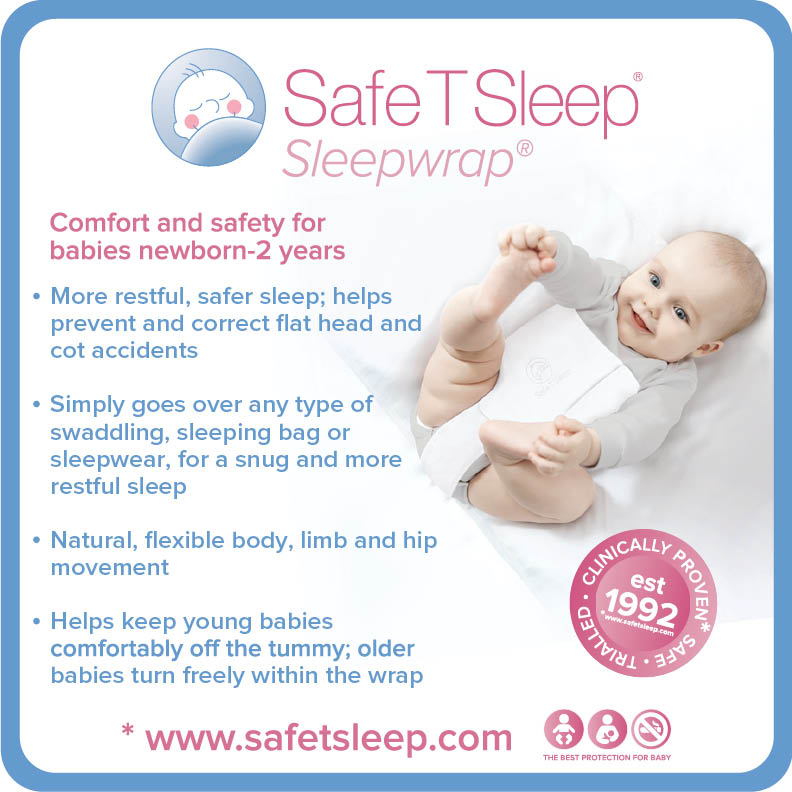Volume 19 Number 1
Editorial
Carolyn Briggs
For referencing Briggs C. Editorial. Australian Journal of Child and Family Health Nursing 2022; 19(1):2
DOI https://doi.org/10.33235/ajcfhn.19.1.2
Nursing is a highly regulated profession. All nurses are familiar with the legal obligations that define practice boundaries and responsibilities under the law, professional practice standards to identify the quality of care required and to differentiate nursing work from other health workers, and state government policies and guidelines that set out the health priorities of the government. In this issue of the journal, we have introduced to our national readers the recently published Professional Practice Framework for Child and Family Health Nurses in NSW (NSW CFH Clinical Nurse Consultant Network & NSW Child and Family Health Nurses Association 2022). The Framework is built upon the regulatory requirements stated above and is intended to express the practice philosophy of child and family health nurses in NSW. Practice frameworks bring together experiential practice knowledge and regulatory requirements in an explicit statement of the healthcare discipline’s core purpose, practice ideals and expected outcomes (Connolly 2007). In short, they articulate practice values and principles and identify the professional attributes expected of the health practitioner.
Practice frameworks may inform management, education and practice contexts. For the individual maternal child and family health nurse, the practice framework cited above is a particularly useful tool for developing and refining practice as it enables maternal child and family health nurses to recognise and compare their own practice to that described in the framework. A useful method of applying the framework to your own practice is to use the Head, Heart, Hand and Feet model (QUT Field Education Unit Social Work and Human Services n.d.). The model provides a simple method for reflecting about practice and integrating the framework into practice development. ‘Heart’ represents the core values and beliefs and principles of practice, ‘Head’ the theories, knowledge and cultural understanding underpinning practice, ‘Hand’ is the skills used in practice, and ‘Feet’ is the context in which you are grounded (QUT Field Education Unit Social Work and Human Services n.d.). This approach is most effective where the four elements occur in parallel. Each element is “directly related to the person and their expressions of identity and professionalism” and can enable practitioners to “examine, discuss, and take ownership of shaping their own professional personas” (Chalke n.d., p. 2). Thus, the nurse is able to explore their professional identity and define their practice values.
Author(s)
Carolyn Briggs
Editor
References
Chalke, JA (n.d.), ’Head, heart and hands: constructing a holistic approach to professional identity and professional development in the early childhood workforce’, viewed 20 May 2022, <https://tactyc.org.uk/wp-content/uploads/2016/11/Dr-Joy-Chalke_Briefing-2016.pdf>
Connolly, M 2007, ‘Practice frameworks: conceptual maps to guide interventions in child welfare’, The British Journal of Social Work, vol. 37, no. 5,pp. 825–837. https://doi.org/10.1093/bjsw/bcl049
NSW Child & Family Health Clinical Nurse Consultant Network & Child and Family Health Nurses Association (NSW) 2022, ‘Child and Family Health Nurses Professional Practice Framework’, <https://www.mcafhna.org.au/public/138/files/Resources/CFHN%20Professional%20Practice%20Framework%20-%20Full%20and%20Final%20Version%202_0%202022_04_27.pdf>
QUT Field Education Unit Social Work and Human Services (n.d.), ‘Developing your practice framework template’, viewed 21 May 2022, <https://www.swiss.qut.edu.au/__data/assets/pdf_file/0007/900619/practice-framework-template-for-students.pdf>



